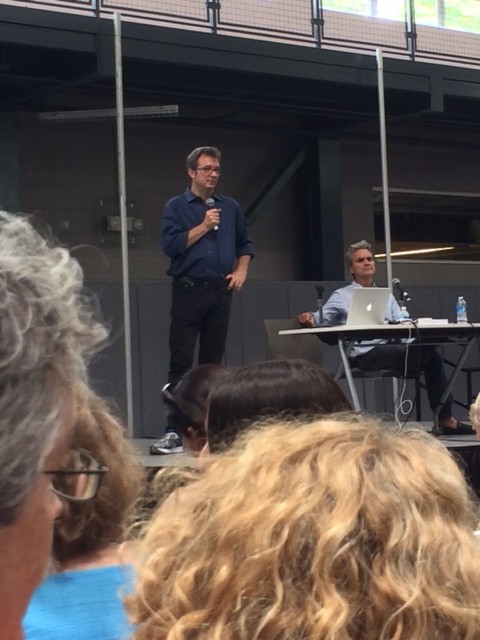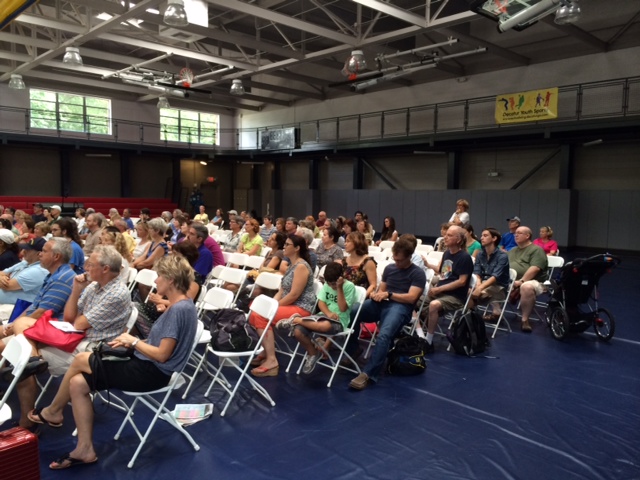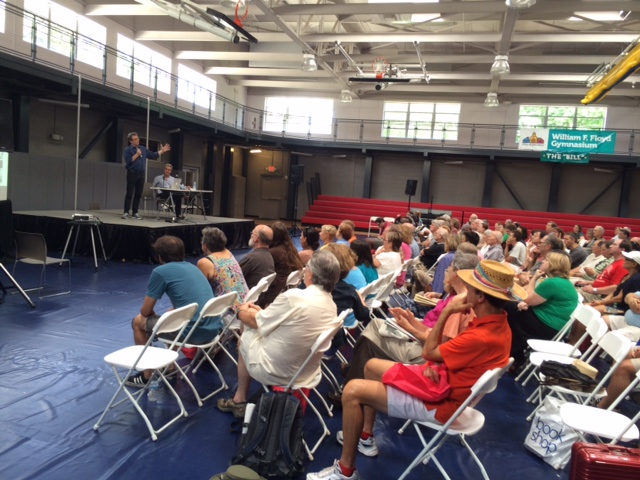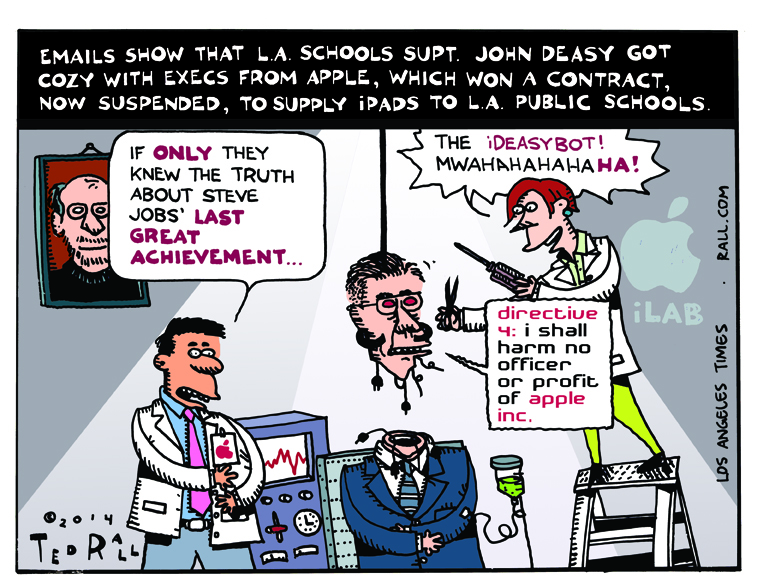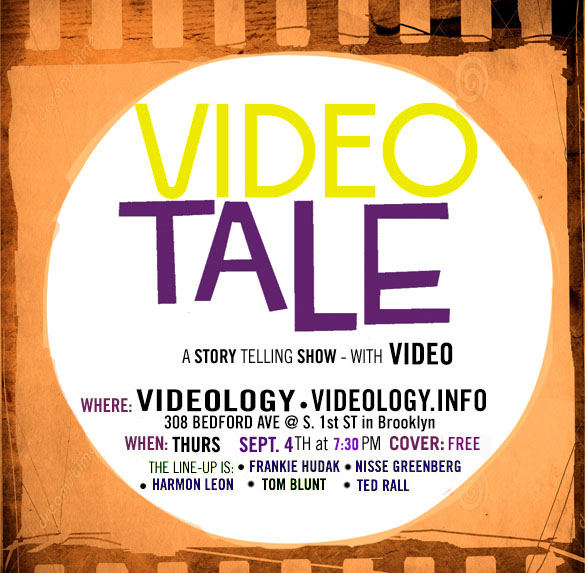Here’s their review:
A political agenda can’t undermine the author’s credibility as an observer who gets close to the Afghan people and sees what otherwise goes unreported.
As a cartoonist, alternative-weekly correspondent, and author of previous books on American imperialism and international intervention (Silk Road to Ruin: Why Central Asia is the Next Middle East, 2014, etc.), Rall lays his cards on the table at the beginning. His subject is “the war against Afghanistan” rather than “the war in Afghanistan”—“Like all choices of language, this is a political choice.” The author is not one of the reporters with big rolls of bills and accommodations at the best hotels, subsidized by major news organizations, nor is he embedded with the soldiers, a position he finds hopelessly compromised: “The Taliban are right: American journalism has been reduced to rank propaganda.” Through cartoons, dispatches and contextual analysis, Rall shares what he has learned through two trips to an Afghanistan that Americans rarely see and comes to conclusions that invite readers to share his outrage: “We have spent $229 billion here. Meals cost less than a dollar. No Afghan should be starving—yet millions are.” He argues that America’s longest war is unwinnable, since “Afghan resistance forces live there. We don’t. Sooner or later, U.S. troops will depart. All the Afghan resistance has to do is wear us down and wait us out….All occupations ultimately fail.” Talking with Afghans and staying in their villages has allowed the author to understand their puzzlement and resentment at an occupying force with so many resources but so little expenditure in terms of infrastructure support in comparison with military spending. There’s a particularly telling photograph of a “children crossing” sign in which the caricatures are practically stick figures: “In Afghanistan, even abstract symbols are emaciated.”
Even readers who do not share Rall’s politics will find his reporting powerful and convincing.

